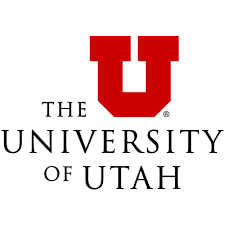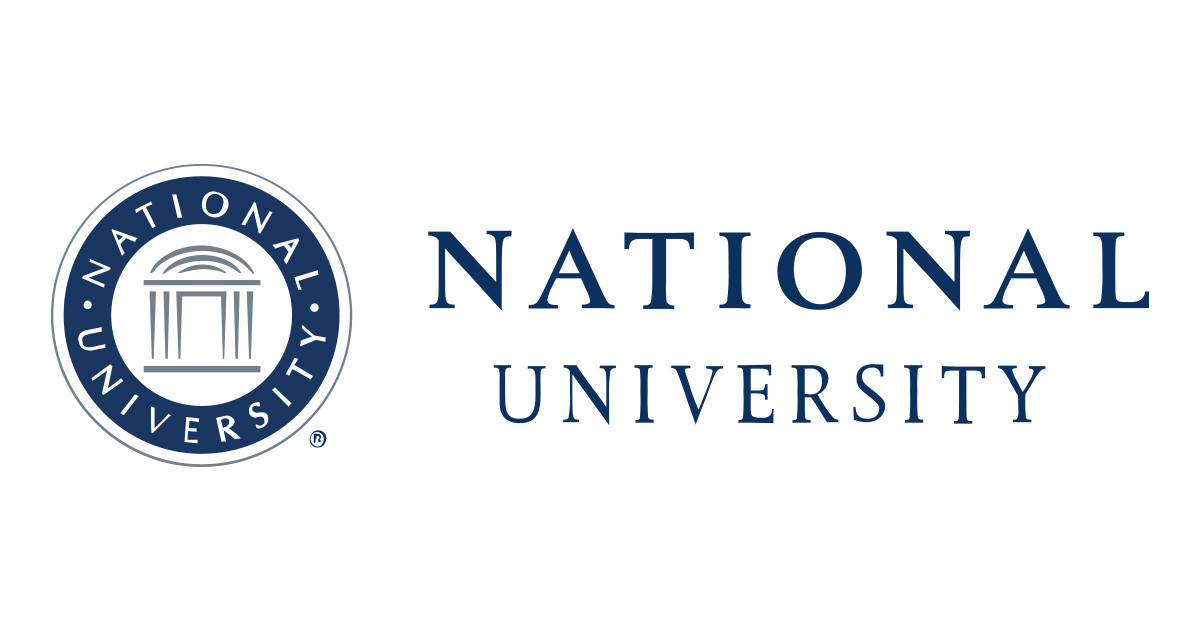If we’re lucky, we’ll all age. How well we age and the services we can access will be shaped by those with one of the best Master’s degrees in Gerontology.
What Is A Master’s In Gerontology?
 The word “gerontology” was first introduced in 1903; and simply put, is the scientific approach to the process of aging and its inherent problems. The Baby Boomer generation is, indeed, creating another boom. The U.S. Census Bureau reports that the population of U.S. citizens over the age of 65 will outpace children under the age of 18 (77.0 million vs. 76.5 million, respectively).
The word “gerontology” was first introduced in 1903; and simply put, is the scientific approach to the process of aging and its inherent problems. The Baby Boomer generation is, indeed, creating another boom. The U.S. Census Bureau reports that the population of U.S. citizens over the age of 65 will outpace children under the age of 18 (77.0 million vs. 76.5 million, respectively).
We live in a time where more research and studies are being directed toward understanding the aging process and its impact on individuals and society. Master’s-prepared Gerontologists research and improve the behavioral health, emotional health, social, and economic problems of the elderly.
How Much Can You Earn With A Master’s In Gerontology?
PayScale reports salary ranges for this career between $31,000 to $103,000 annually, with $54,000 being the median average. Employment will be found in a broad range of opportunities in research, healthcare, social work, for-profit and nonprofit organizations, nursing, administration, and more.
If the management side is what calls you, consider one of the Best Online Master’s in Healthcare Administration.
What Is Required For A Master’s In Gerontology?
Admission to graduate programs in gerontology will require the basics: a baccalaureate degree, academic transcripts, GPA over 2.0, etc. Most programs will include foundational studies in aging, social and behavioral concerns, research, and public health. You may be able to choose between a thesis or non-thesis program.
Depending on your career focus, you may participate in an internship or practicum experience in the gerontology field. Many programs will seek accreditation from the Accreditation for Gerontology Education Council which sets quality benchmarks for the discipline.
What Are the Best Master’s Degrees in Gerontology?
OSR uses six data points: three school-wide and three program specific. For school-wide, OSR uses Student Satisfaction, Admission Rates, and the number of programs the school offers online. For program-specific, OSR checks the Median Debt of graduates from that program, how many degrees are offered within that program’s umbrella department, and what percentage of students at that school graduated from that department.
The six statistics are displayed by each school. The sliding bar under each statistic represents how that school compares to other US institutions. “Not reported” means a school did not release that information to the US Department of Education. A more detailed description of the OSR process can be found on the methodology page.















